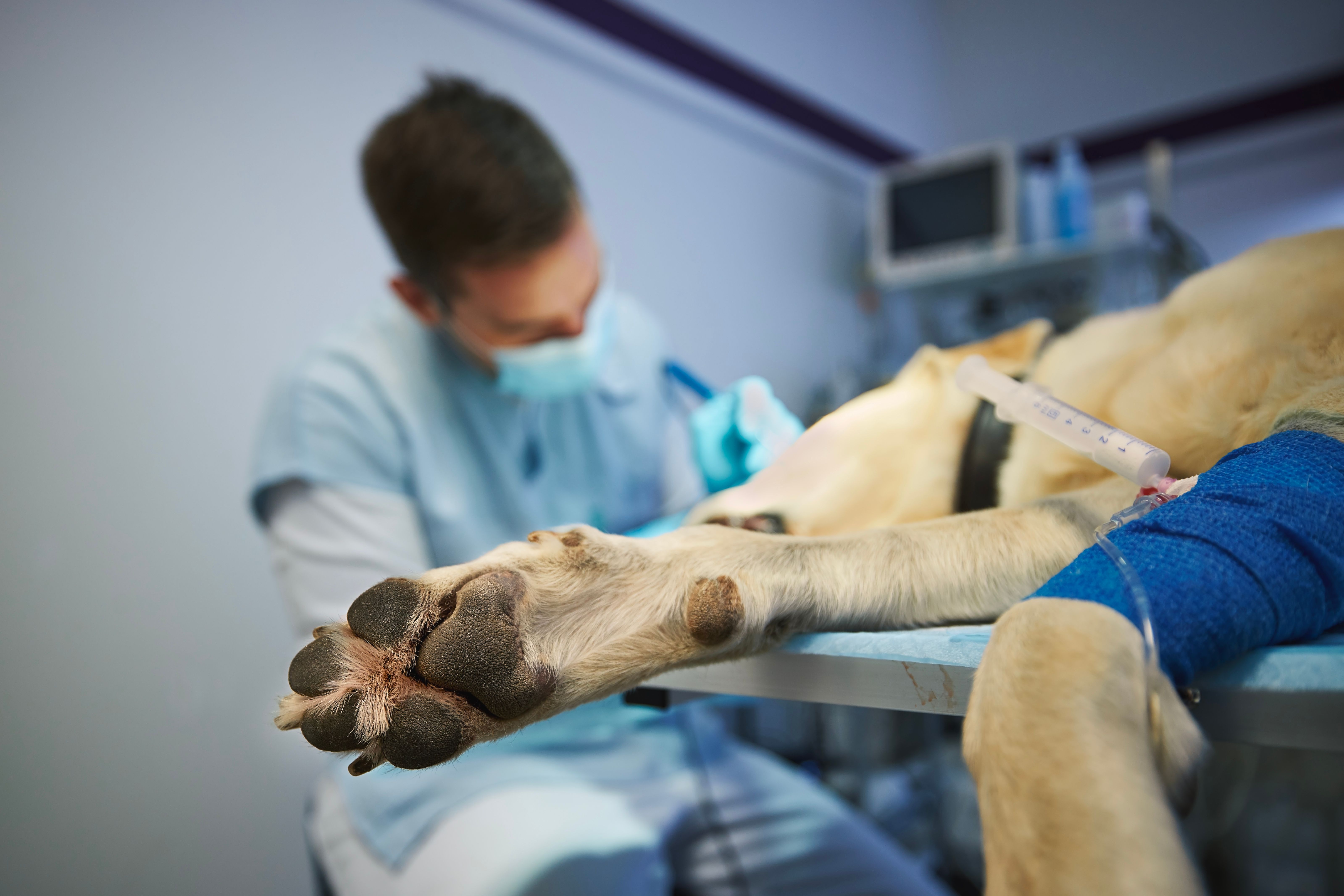Rapid triage reduces secondary brain damage in emergencies
At Fetch dvm360 in Kansas City, Missouri, Melissa Evans, LVT, VTS (ECC), told attendees that rapid stabilization and focused nursing interventions can materially reduce secondary brain injury in neurologic emergencies.
At the 2025 Fetch dvm360 Conference in Kansas City, Missouri, Melissa Evans, LVT, VTS (ECC), urged veterinary teams to prioritize rapid stabilization and hands-on technician care to reduce secondary neurologic damage in emergency patients. “Technicians play a really vital role in the treatment of neurologic disease because these patients need so much hands-on care,” Evans said.1

Rapid stabilization
Evans opened by distinguishing primary injury (the initial insult from trauma, toxins, or neoplasia) from secondary injury (downstream physiologic events such as hypoxia, ischemia, edema, and increased intracranial pressure) that can worsen outcomes if not managed. “Secondary [injury] is a series of events that happened after the initial injury. This tends to result in progressive neurological damage. This can sometimes be prevented,” she said, emphasizing that early measures to maintain oxygenation and perfusion are essential.
Her practical triage advice for veterinary technicians: Secure the airway, support breathing and circulation, then perform a focused neurologic exam once the patient is stable. Mentation, from alert to comatose, is a rapid bedside metric. Evans recommended using this as both a triage tool and a trending measure during treatment.
Seizures and traumatic brain injury: Act fast, track trends
Seizures were a focal point of the session, as Evans cautioned that prolonged or repeated seizures inflict rapid brain damage and require immediate control and investigation for reversible causes such as hypoglycemia or toxins. “Oh, poor baby’s brain is on fire...that’s basically what it is,” Evans said, underlining the urgency of anticonvulsant therapy and continuous monitoring. Practical bedside interventions she recommended include audible seizure alerts (bells), continuous observation, and recumbent care with passive range of motion for altered patients.
For traumatic brain injury, Evans advised routine use of the Modified Glasgow Coma Scale as a serial tool rather than a single prognostic snapshot. “This is not a one-off. Doing this once doesn’t tell me a whole lot…. Trends are a big word when it comes to the Modified Glasgow Coma Scale,” she said, recommending repeated scoring to document response to therapy and guide escalation. She also urged careful documentation of posture and gait abnormalities to help localize lesions and inform imaging choices.
Monitoring, positioning, and advocacy
Evans outlined technician-led measures that frequently determine outcomes: spinal stabilization before movement, documenting motor function before analgesia, and selecting imaging appropriate to the suspected cause (MRI for intervertebral disc disease, CT for high-energy trauma). She stressed pain reassessment, urinary care, pressure-relief rotation, and early physiotherapy as routine priorities for spinal and recumbent patients.
On vestibular disease, she contrasted typically self-limiting peripheral cases with central disorders that often include mentation changes and carry a guarded prognosis; padded housing, antiemetics, and close neurologic checks can both comfort the patient and reveal progression.
“Understanding how to do that and understanding what we see when they come in is really important,” Evans said, framing veterinary technician training and vigilant bedside care as pivotal to improving neurologic patient trajectories.
The take-home message from the session? Stabilize first, monitor consistently, and apply focused technician interventions to limit secondary injury and give neurologic patients the best chance for recovery.
Reference
- Evans M. Neurologic emergencies. Presented at: Fetch dvm360 Conference; August 22-24, 2025; Kansas City, MO.
